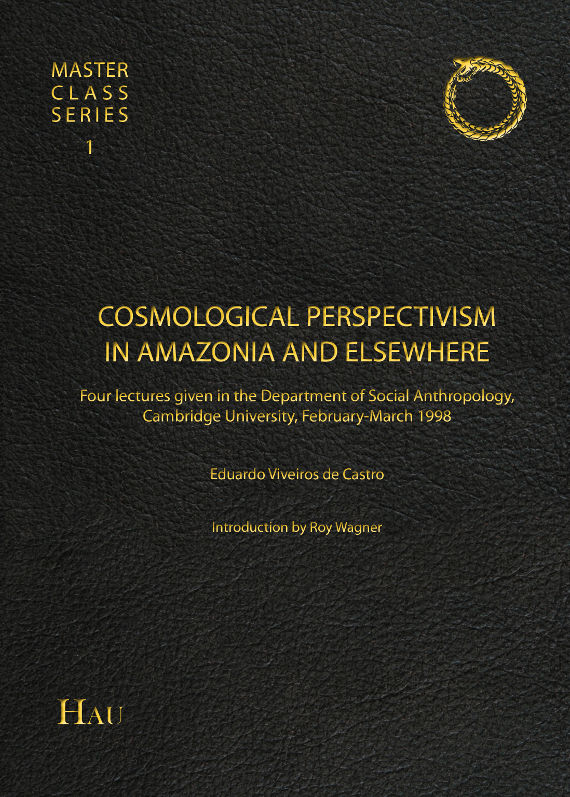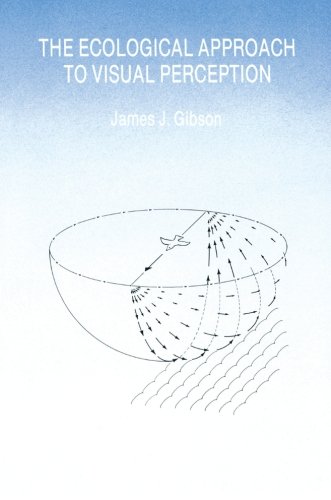Bernhard Siegert: Cultural Techniques: Grids, Filters, Doors, and Other Articulations of the Real (2015)
Filed under book | Tags: · art, cartography, cultural techniques, cybernetics, information, information theory, machine, media, media theory, ontology, painting, perspective, representation, technology

“In a crucial shift within posthumanistic media studies, Bernhard Siegert dissolves the concept of media into a network of operations that reproduce, displace, process, and reflect the distinctions fundamental for a given culture. Cultural Techniques aims to forget our traditional understanding of media so as to redefine the concept through something more fundamental than the empiricist study of a medium’s individual or collective uses or of its cultural semantics or aesthetics. Rather, Siegert seeks to relocate media and culture on a level where the distinctions between object and performance, matter and form, human and nonhuman, sign and channel, the symbolic and the real are still in the process of becoming. The result is to turn ontology into a domain of all that is meant in German by the word Kultur.
Cultural techniques comprise not only self-referential symbolic practices like reading, writing, counting, or image-making. The analysis of artifacts as cultural techniques emphasizes their ontological status as “in-betweens,” shifting from first-order to second-order techniques, from the technical to the artistic, from object to sign, from the natural to the cultural, from the operational to the representational.
Cultural Techniques ranges from seafaring, drafting, and eating to the production of the sign-signal distinction in old and new media, to the reproduction of anthropological difference, to the study of trompe-l’oeils, grids, registers, and doors. Throughout, Siegert addresses fundamental questions of how ontological distinctions can be replaced by chains of operations that process those alleged ontological distinctions within the ontic.
Grounding posthumanist theory both historically and technically, this book opens up a crucial dialogue between new German media theory and American postcybernetic discourses.”
Translated by Geoffrey Winthrop-Young
Publisher Fordham University Press, New York, 2015
Meaning Systems series
ISBN 0823263762, 9780823263769
xiv+265 pages
Reviews: Geoghegan (Paragraph, 2014), Young (New Media & Society, 2015).
Commentary: Martin (Grey Room, 2016).
PDF (8 MB, updated on 2020-1-1)
Comments (4)Eduardo Viveiros de Castro: Cosmological Perspectivism in Amazonia and Elsewhere (2012)
Filed under book | Tags: · animal, anthropology, body, cosmology, culture, ethnography, indigenous peoples, nature, object, ontology, perspective, perspectivism

“A tour-de-force in the anthropology of ours and other cosmologies. The first official version of the lessons which sparked one of the most influential anthropological movements of the twenty-first century. Four lectures given in the Department of Social Anthropology, Cambridge University, February-March 1998.” (from the back cover)
“The subject of these lectures is that aspect of Amerindian thought which has been called its “perspectival quality” or “perspectival relativity”: the conception, common to many peoples of the continent, according to which the world is inhabited by different sorts of subjects or persons, human and nonhuman, which apprehend reality from distinct points of view. I shall try to persuade you that this idea cannot be reduced to our current concept of relativism, which at first it seems to call to mind. In fact, it is at right angles, so to speak, to the opposition between relativism and universalism.” (from page 45)
With an Introduction by Roy Wagner
Publisher HAU, Manchester, 2012
HAU Masterclass Series, 1
Creative Commons Attribution-NonCommercial-NoDerivs 3.0 Unported
ISSN 2049-4769
168 pages
PDFs, EPUBs, HTML (from the publisher)
single PDF (6 MB)
For more from Viveiros de Castro see Monoskop wiki.
Comment (0)James J. Gibson: The Ecological Approach to Visual Perception (1979–) [EN, RU]
Filed under book | Tags: · ambience, ecology, environment, image, information, light, media, movement, object, perception, perspective, psychology, surface, vision

“James J. Gibson (1904–1979) is one of the most important psychologists of the 20th century, best known for his work on visual perception. He received his Ph.D. from Princeton University and his first major work was The Perception of the Visual World (1950) in which he rejected behaviorism for a view based on his own experimental work. In his later works, including The Ecological Approach to Visual Perception (1979), Gibson became more philosophical and criticized cognitivism in the same way he had attacked behaviorism before, arguing strongly in favor of direct perception and direct realism, as opposed to cognitivist indirect realism. He termed his new approach ‘ecological psychology’.”
“He moved from thinking about what patterns could act as stimuli to rethinking the concept of the stimulus itself, ultimately rejecting “stimulus” in favor of his version of “information.” In a 1960 paper that is a classic in its own right, Gibson carefully surveyed the patch work of meanings of the term “stimulus” that could be found in the literature. He concluded that the optical (or acoustic, or haptic etc.) patterning that would best correspond to actual perceiving in the world no longer seemed like a “stimulus” at all in any proper sense. Instead, he proposed a common-sense usage of the term “information” (as opposed to the technical usage of Shannon) which was fairly well developed by that time. By information, Gibson meant structured energy that was information about environmental sources, in contrast to information as structure in an information theoretical sense which implies a sender and a receiver. Gibson’s information is specific to its environmental sources though not a replica or a copy. It certainly is not a stimulus in the sense of energy that triggers a response. Gibson’s information does not come to the animal. The animal goes to it, actively obtaining the information. Part 2 of this volume develops this concept of information and is at the heart of Gibson’s theory.” (from the Introduction)
“Gibson’s legacy is increasingly influential on many contemporary movements in psychology, particularly those considered to be post-cognitivist.”
Publisher Houghton Mifflin, Boston, 1979
This edition, Psychology Press, 2014
ISBN 9781315740218
315 pages
Reviews and commentaries: E. Bruce Goldstein (Leonardo, 1981), Frederick A. Jules (1984), A. P. Costall (Journal of the Experimental Analysis of Behavior, 1984), Maurizio Ferraris (1999, IT), William M. Mace (Ethics & the Environment, 2005).
Wikipedia, FR
Publisher
WorldCat
The Ecological Approach to Visual Perception (English, 1979/2014, 4 MB)
Ekologicheskiy podchod k zritelnomu vospriyatiyu (Russian, trans. T.M. Sokolskoy, 1988, 11 MB)
For more on Gibson see Monoskop wiki.
Comment (1)
